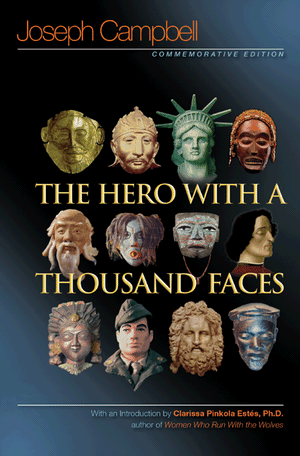
In 1944, with Henry Morton Robinson, Campbell published A Skeleton Key to Finnegans Wake. He also edited works by the German scholar Heinrich Zimmer on Indian art, myths, and philosophy. During the 40s and '50s, he helped Swami Nikhilananda to translate the Upanishads and The Gospel of Sri Ramakrishna. These encounters led to Campbell's theory that all myths and epics are linked in the human psyche, and that they are cultural manifestations of the universal need to explain social, cosmological, and spiritual realities.Īfter a period in California, where he encountered John Steinbeck and the biologist Ed Ricketts, he taught at the Canterbury School, and then, in 1934, joined the literature department at Sarah Lawrence College, a post he retained for many years. While abroad he was influenced by the art of Pablo Picasso and Henri Matisse, the novels of James Joyce and Thomas Mann, and the psychological studies of Sigmund Freud and Carl Jung.


He loved to read books about American Indian cultures, and frequently visited the American Museum of Natural History in New York, where he was fascinated by the museum's collection of totem poles.Ĭampbell was educated at Columbia University, where he specialized in medieval literature, and continued his studies at universities in Paris and Munich. He was born in New York City in 1904, and from early childhood he became interested in mythology. Joseph Campbell was an American author and teacher best known for his work in the field of comparative mythology.


 0 kommentar(er)
0 kommentar(er)
